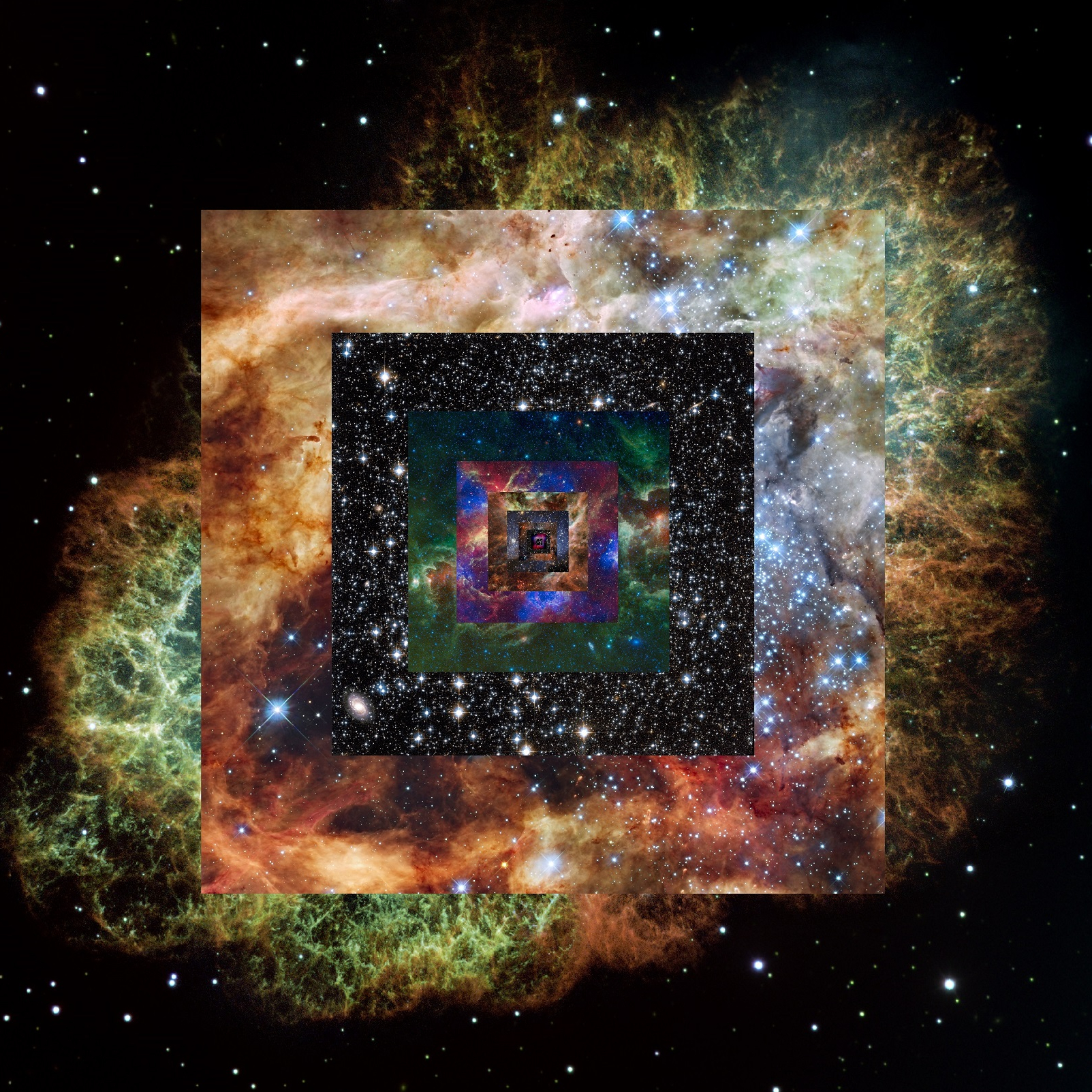
To date astronomers have discovered well over 1,000 exoplanets, or planets that circle stars outside of our own solar system. According to NASA, there are 3603 objects that are candidates for being an exoplanet, and 1015 confirmed exoplanets (verified by several different observers with several different instruments, reaching a minimum confidence level of 99.9999%).
All of these planets were found by NASA’s Kepler telescope, which also happens to be a solar powered spacecraft. Unfortunately Kepler does not allow us to know the composition of each planet, only that a planet is or isn’t there. Now, due to the creation of a new, high powered observational tool, all that is changing.

Throughout history hundreds of different observational tools have been created to observe the universe. Even before it was understood that we are part of a galaxy, let alone surrounded by exoplanets, human eyes looked to the stars in wonder and awe. Now we have the power to not only view those stars close up, but to also view the very composition of their planets. The tool that affords us this power is called the Gemini Planet Imager. The imager is an optical enhancement currently being used in the Gemini South telescope in Chile. It was built by a team of U.S. and Canadian institutions, funded by the Gemini Observatory, which is an international partnership comprising the U.S.A., U.K., Canada, Australia, Argentina, Brazil & Chile. Gemini is also partially funded by NSF, NASA, the University of California and the Laboratory Directed Research and Development funding at the Lawrence Livermore National Laboratory.
Humanity already has multiple massive telescopes including the Kepler and Hubble orbiting the Earth, why can’t they just do Gemini’s job? The purpose and function of the Gemini Planet Imager is uniquely different when it comes to exoplanet detection. Kepler locates exoplanets indirectly by focusing on a star and finding the “dark” spot the planet produces on the image when orbiting between the star and the telescope. Gemini on the other hand takes a more direct approach by directly detecting the light an exoplanet gives off. According to the Gemini Planet Imager website,
GPI will detect DIRECTLY the light from an extrasolar planet…Almost 1,000 extrasolar planets are known today, but mostly through indirect Doppler techniques that indicate the planet’s mass and orbit or transit events that measure the planet’s size and orbit. If we can directly pick out a planet from the star’s glare, we can use spectroscopy to measure the planet’s size, temperature, gravity, and even the composition of its atmosphere. By targeting many stars we will understand how common or unusual our own planetary system may be.

The Gemini Planet Imager saw light for the first time in November 2013, and has been working without a hitch ever since. Being eight times more sensitive than any existing imaging device, Gemini is the crowning achievement on an entire year of exoplanet discovery and analyzation in 2013. It can even scan and processes images 100x faster, taking only 60 seconds.
Related Article: Triple Star System Paves Road to Understanding Gravity
The galaxy is a huge place, and although the Kepler telescope has detected thousands of planets and stars, that doesn’t even scratch the surface of the 300 to 400 billion stars in the Milk Way Galaxy. The Gemini Planet Imager will at least give us a little more quality to the small quantity of planets we have in our planet image menagerie.

The Kepler telescope and the Gemini Planet imager focus specifically on finding exoplanets similar to Earth. Scientists generally categorize discovered exoplanets by size relative to Earth. In a study published in the Proceedings of the National Academy of Sciences of the United States of America on October 22, 2013, Scientists stated that after observing 42,000 Sun-like stars analyzed by Kepler, they had found,
603 planets, 10 of which are Earth size and orbit in the habitable zone, where conditions permit surface liquid water…22% of Sun-like stars harbor Earth-size planets orbiting in their habitable zones.
Along with Earth-like planets, astronomers have also discovered a solar system that shares a relatively large number of similarities with our own. It’s a good thing there isn’t a precise Earth analogue in the system otherwise there would be no way to prove that the system isn’t just one cosmically gigantic mirror. Our collective sanity has been spared.
Great technology will of course give rise to greater technology ad infinitum. That means a Google Galaxy ‘planet surface view’ is in humanity’s future. Awesome.

Sources:
http://www.bbc.co.uk/news/science-environment-24549384
http://www.space.com/17383-kepler-planet-hunting-nasa-telescope-infographic.html
http://planetquest.jpl.nasa.gov/page/whatsTheDifference
http://en.wikipedia.org/wiki/Timeline_of_telescopes,_observatories,_and_observing_technology#1960s
http://messier.seds.org/more/mw.html
http://arxiv.org/abs/1310.6248
http://www.pnas.org/content/110/48/19273
https://wondergressive.com/life-its-all-over-the-place/



